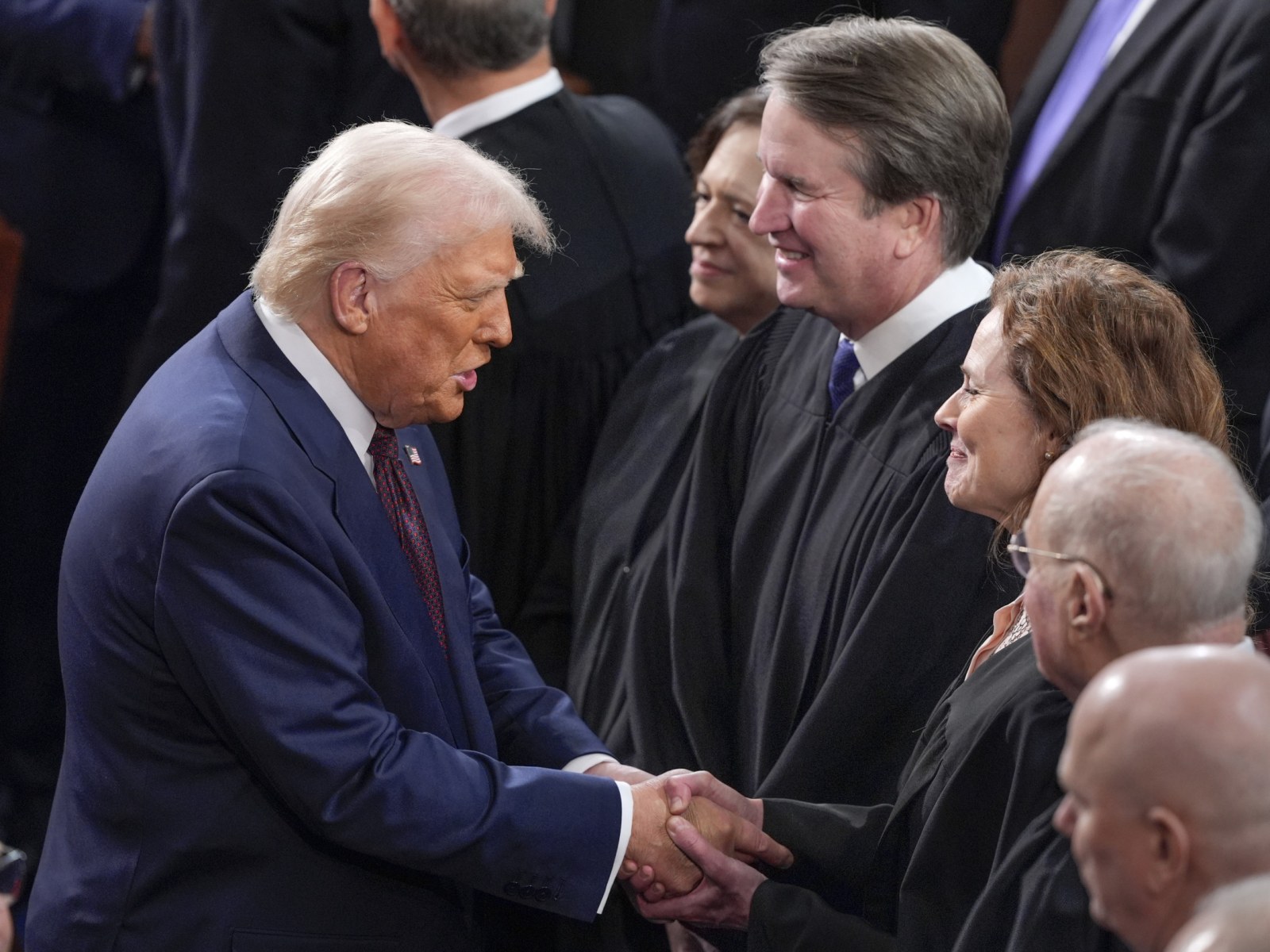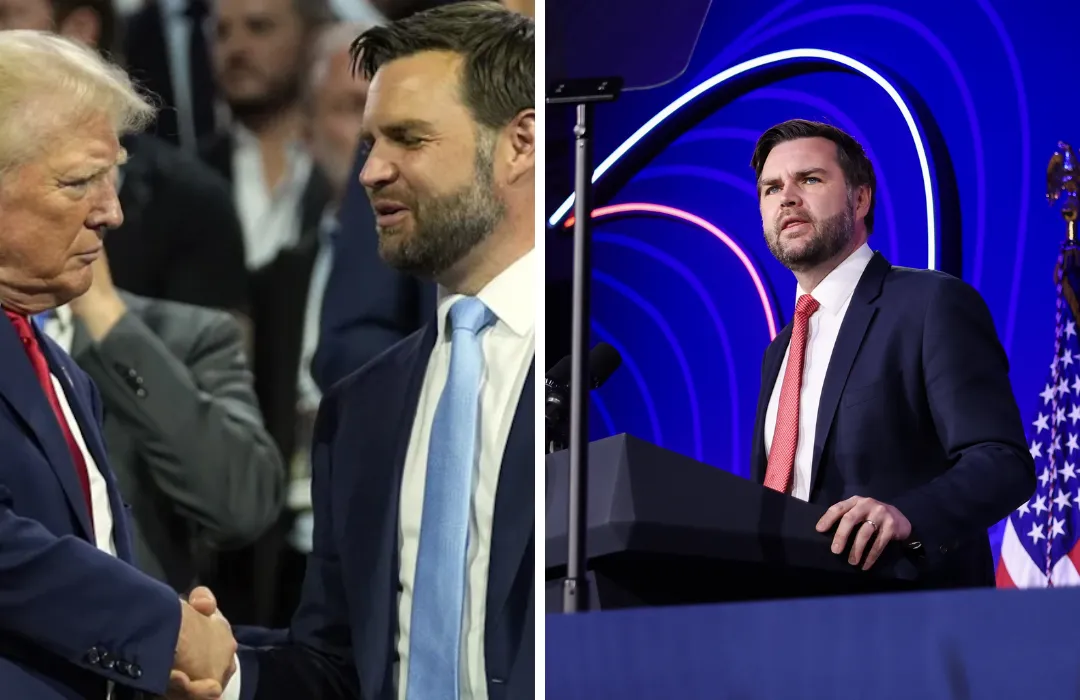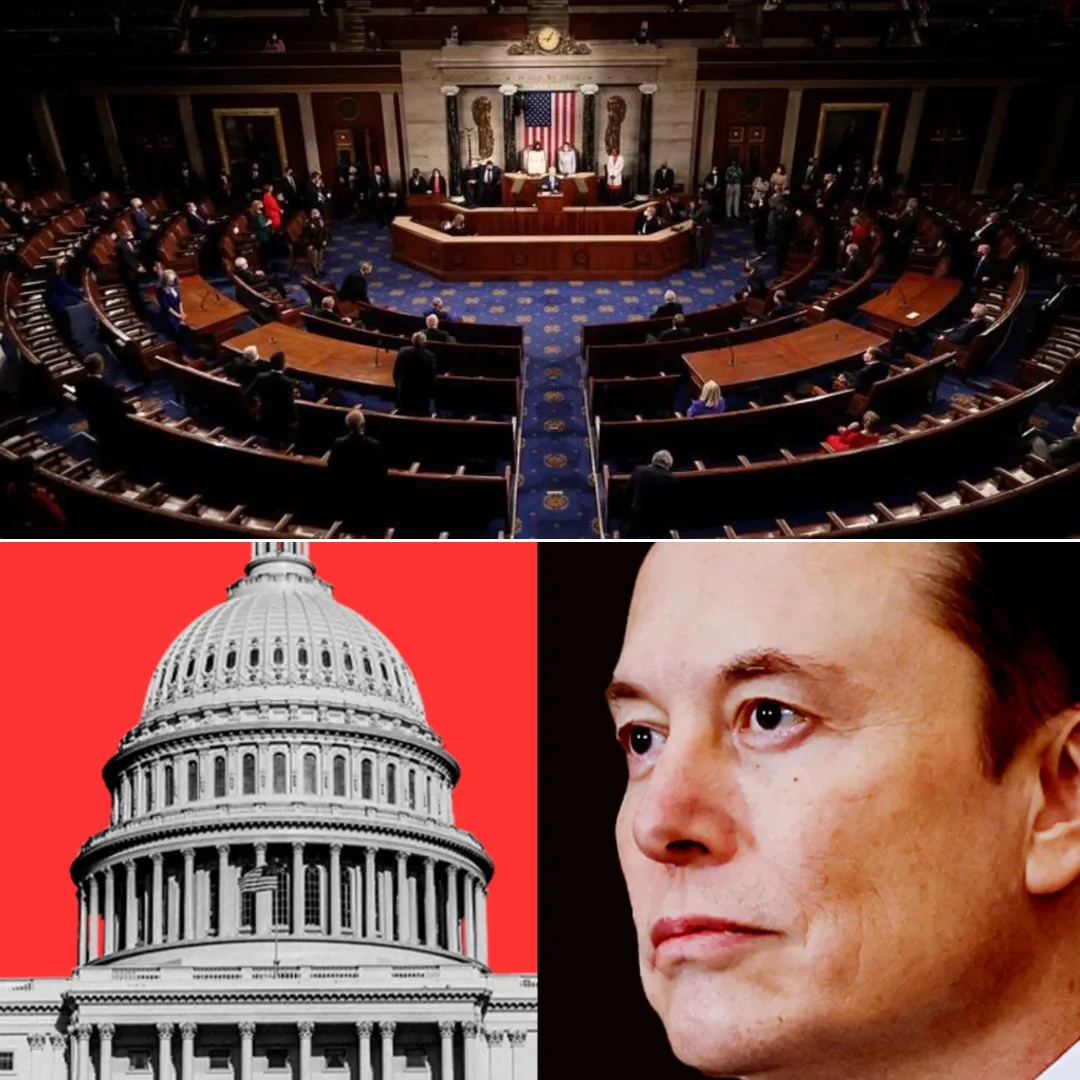The notices went out quietly. No press conference, no televised announcement, just a three-line email landing in inboxes of immigration judges across the country. The message was brief and without explanation, but unmistakably clear: their time on the bench had ended.
Roughly 50 federal immigration judges have now been dismissed, according to reports, as President Donald Trump pushes forward with his pledge not only to secure the southern border but to root out what he describes as a “judicial swamp” that obstructed enforcement of immigration laws. Another 50 judges have reportedly been transferred or encouraged into retirement.
The dismissals mark a dramatic escalation of Trump’s efforts to reshape America’s immigration system from the ground up — this time not at the border itself, but within the courtrooms responsible for handling millions of cases.
With a backlog of more than three million immigration cases still clogging the system, the move has ignited a political storm.
For years, conservatives have argued that immigration judges were too often sympathetic to migrants and lenient toward deportation cases, creating what they describe as a culture of “catch and release.” Trump’s return to the White House has put those judges directly in his crosshairs.
According to El País, the majority of dismissals involved judges appointed during the Obama and Biden years, many of whom were accused of consistently granting asylum requests, delaying deportation proceedings, or issuing rulings that clashed with the administration’s enforcement priorities.
The judges themselves have pushed back hard, calling the dismissals unfair and retaliatory. Many have gone public with allegations of political targeting, discrimination, and abuse of executive power.
Yet Trump and his allies frame the purge as accountability long overdue in a system they say has operated without consequences for too long.

One of the most vocal critics is Jennifer Peyton, an Obama-era appointee who joined the immigration bench in 2016. She claims she received her termination email while vacationing with her family.
Peyton insists she had no disciplinary record and had even received strong performance reviews during her tenure. She believes her firing may have been linked to her decision to host a courthouse tour for Democratic Senator Dick Durbin, who has been one of Trump’s fiercest opponents on immigration policy.
Durbin himself called her dismissal an “abuse of power” and accused the administration of orchestrating a political purge. Trump’s supporters, however, say Peyton represents exactly the type of judge who undermined immigration enforcement for years, granting benefits and delays to migrants that the administration considered unlawful.
Another dismissed judge, Carla Espinoza of Chicago, argued that her contract was not renewed due to her gender and Hispanic background. She points to a case where she released a Mexican national who had been falsely accused of threatening the president.
Homeland Security had flagged the man as a potential threat, but Espinoza ruled in his favor, calling the case “unsubstantiated." Her defenders see this as proof of her fairness; her critics say it is precisely the kind of ruling that justified her dismissal.
The dismissals have also sparked whistleblower claims. Erez Reuveni, a former Department of Justice lawyer who previously defended Trump’s immigration policies, says he was fired after refusing to label a deported Salvadoran as a terrorist.
Reuveni admits the case had been mishandled but argues that DOJ leaders were pressuring staff to fast-track deportations regardless of due process.
He now accuses the administration of “manipulating the system” and bypassing judicial checks to accelerate deportation flights.
To Trump’s supporters, however, what Reuveni describes as manipulation is seen as long-overdue efficiency. With a backlog in the millions and growing public frustration, they argue that streamlining deportations is a necessary corrective to years of bureaucratic dysfunction.
The National Association of Immigration Judges, which has long clashed with Republican administrations, says the dismissals amount to political retaliation. Its president, Matt Biggs, confirmed that about 50 judges were dismissed outright and another 50 were reassigned or nudged into retirement.
Biggs claims the rest of the bench feels “threatened” and uncertain about their future. He insists that judicial independence is being sacrificed for political expediency.
Supporters of Trump counter that immigration judges are not Article III judges with lifetime appointments but administrative law officers within the executive branch. That distinction, they argue, makes them subject to policy direction and accountability in ways traditional judges are not.
The shake-up in immigration courts reflects a broader struggle over who controls America’s immigration policy: elected officials or appointed judges.
During Trump’s first term, immigration judges frequently clashed with the Department of Justice over asylum standards, case quotas, and expedited dockets.
The result was an increasingly adversarial relationship, with many judges accusing the administration of undermining judicial independence, while administration officials accused judges of sabotaging enforcement efforts.
This time, Trump is moving aggressively to eliminate that conflict by replacing judges who resist his directives. By dismissing dozens at once, he is sending a signal that resistance will no longer be tolerated.
The firings also coincide with Senate confirmations of Trump-aligned officials to higher courts. Emil Bove, a senior DOJ official who has overseen immigration enforcement efforts, was recently confirmed to a federal appeals court with the backing of the Trump-friendly Senate.

Democrats argue that the administration is stacking the judiciary with loyalists to rubber-stamp its policies. Republicans counter that Democrats spent years weaponizing the courts against Trump, and that the current reshaping is simply a rebalancing of judicial power.
The backdrop to all of this remains the staggering immigration backlog. Under the Biden administration, immigration courts accumulated more than three million pending cases, creating wait times of years for asylum seekers and deportation proceedings.
Trump officials argue that such a backlog proves the system was broken, clogged with frivolous claims and judges unwilling to issue swift deportation orders. By replacing lenient judges with stricter ones and streamlining processes, they believe they can begin cutting into the backlog.
Critics worry that the rush for efficiency will come at the expense of fairness and due process, potentially deporting individuals who might otherwise have legitimate claims to stay.
For many of the dismissed judges, their sudden ouster has turned them into reluctant public figures. Some have spoken out to the press, framing themselves as victims of political persecution. Others are preparing lawsuits alleging discrimination and unlawful termination.
Yet the administration frames the narrative differently. To them, the judges are not martyrs but bureaucrats who put their own politics above the law. Trump’s allies argue that the outcry reflects entitlement from individuals who never believed they could be held accountable.
The firings are not just about immigration courts. They fit into Trump’s broader promise to “drain the swamp” — a campaign pledge that has become synonymous with rooting out bureaucrats seen as obstacles to his agenda.
By targeting immigration judges, Trump is addressing what he views as one of the most entrenched obstacles to enforcement. For years, immigration courts have been criticized by conservatives as slow-moving, lenient, and insulated from accountability. The current shake-up sends a message that those days are over.
Democrats in Congress, led by figures like Senator Dick Durbin, have decried the dismissals as dangerous politicization of the judiciary. Durbin warned that removing judges for their rulings undermines the independence of the courts and erodes public trust.
Immigrant advocacy groups have echoed those concerns, warning that migrants will face a more hostile system with fewer safeguards. Lawsuits are expected in the coming months as advocacy groups seek to challenge the legality of the dismissals.
Among Trump’s base, however, the move is widely popular. Voters frustrated with border insecurity and prolonged immigration battles view the dismissals as proof that Trump is delivering on his promises.
Polling has consistently shown that immigration is one of the top issues motivating Trump supporters. By highlighting the removal of judges seen as obstructing deportations, the administration is reinforcing its commitment to an enforcement-first agenda.
The dismissal of dozens of immigration judges represents one of the most sweeping shake-ups in the federal immigration system in decades. To critics, it is an abuse of power and a political purge that undermines judicial independence. To supporters, it is accountability long overdue in a system riddled with leniency and backlog.
Either way, the move underscores the Trump administration’s determination to assert control over every level of immigration policy — from the border to the bench. For the judges who once believed they were untouchable, the message was clear: their authority is no longer immune from consequences.

Whether the firings will ultimately reduce the backlog or withstand legal challenges remains to be seen. But one thing is certain — Trump is reshaping the immigration system not just by building walls and deploying agents, but by remaking the courts themselves.






